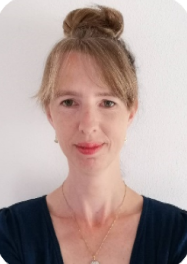
Welcome to the second Newsletter of the PlasticTrace project. I’m Korinna Altmann, leading WP1 – Reference materials in the project. In my professional life, I’m scientist at the Federal Institute of Materials Research and Testing (BAM) in Berlin, Germany. BAM has over 100 years of experience in material analytics, including the development, production, and certification of reference materials. Reference materials are essential for obtaining accurate and precise measurement results for each analytical technique, and they must be tailored to specific purposes. BAM is accredited according to DIN EN ISO 17034, which serves as the basis and criteria for development of reference materials within the PlasticTrace project. We recently had a successful group meeting in Turin, Italy, on the 5th and 6th of February. The meeting focused on the great results of WP1 in producing reference material candidates, which can now be utilized in WP2 for the sample preparation of microplastics, WP3 for nanoparticle characterization, and WP4 for interlaboratory comparison studies (ILCs).
We invite you to join our community, follow our progress, and contribute to validating methods that enable all of us to accurately and precisely analyse particle numbers and masses related to micro- and nanoplastics.
All the best,
Korinna Altmann
Lead of WP1- Reference materials
At the German environmental Agency (UBA) in Berlin, Germany, Ulrike Braun, and Claudia Drago are leading the development of for Standard Operation Procedure (SOP) for matrix characterization and sample preparation of complex food matrices such as milk powder, as well as environment-related matrices, such as surface water and sewage sludge. Based on existing documentation and procedures for sample preparation, we are compiling a simple procedure to characterize the different matrices and prepare the samples for small microplastic particle (SMP) detection. The characterisation of the matrices includes the quantification of organic and inorganic content, particles size distribution, and establishing background values.
For the milk powder matrix, we use commercially available products that are accessible as consumer products in all partner countries. For the environmental matrix, our partner, Hereon, has collected suspended particulate matter from the Elbe River and distributed it to the partners. UBA, together with Hereon, is currently performing thermogravimetric analysis, Total Organic Carbon (TOC) analysis, grain size and multielement analysis on suspended particulate matter and milk powder. Simultaneously, the partners involved in the detection methods have received the reference material (PET) developed in WP1 and have initiated the first tests with the matrices. During our meeting in Turin, 5th– 6th February, INRIM, BAM and UDC presented promising insights regarding the digestion of milk powder and the detection of SMPs (> 10 µm) with TED-GC/MS, Py- GC/MS, LDIR, and µ-FTIR.
The next step within PlasticTrace will be to perform different spiking experiments with different polymer types and aged polymers provided by BAM to validate the sample preparation procedure. Below you can see some photos from the milk powder digestion process.
The following Partners will contribute to WP 2 and the development of standard operational procedures for sample preparation of food and environmental matrices:
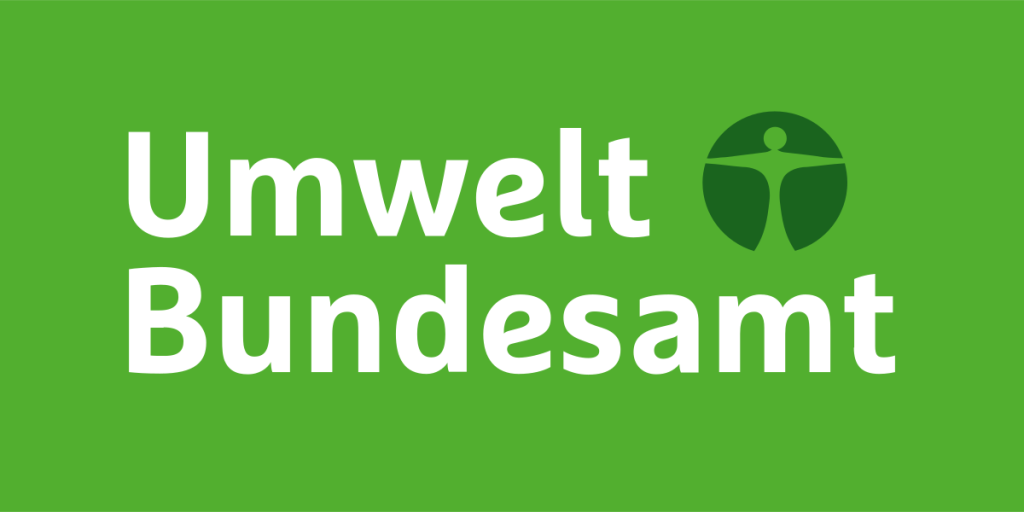
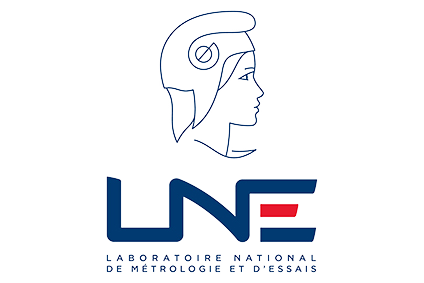
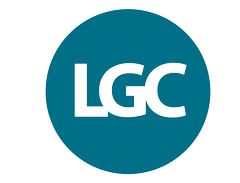

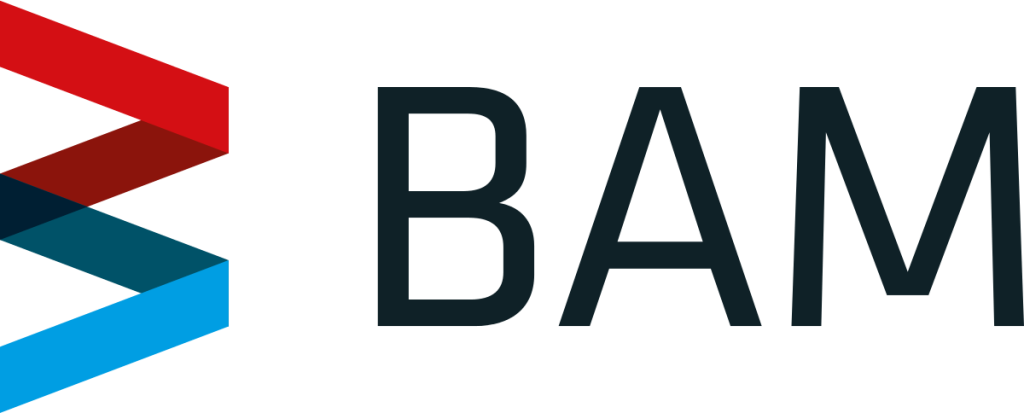


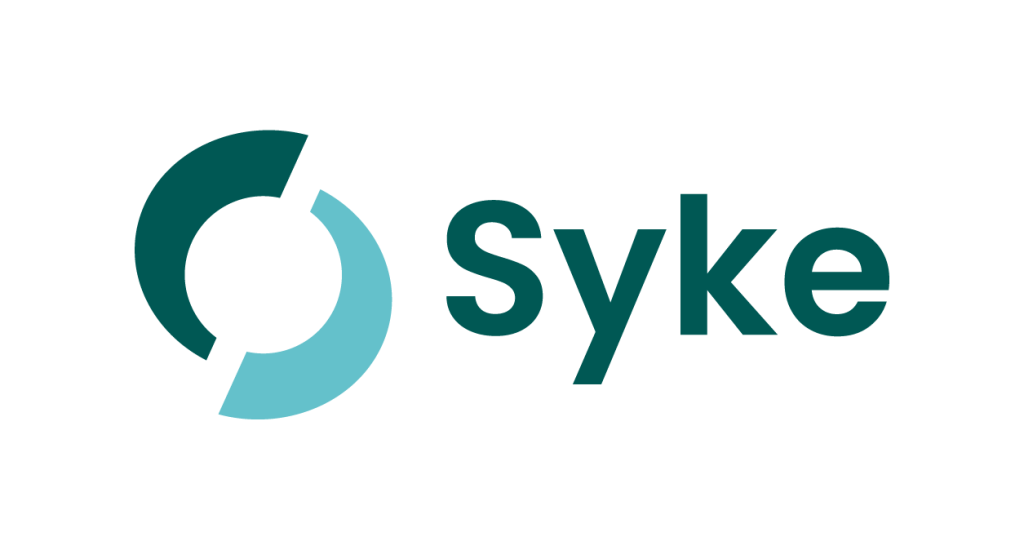
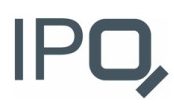
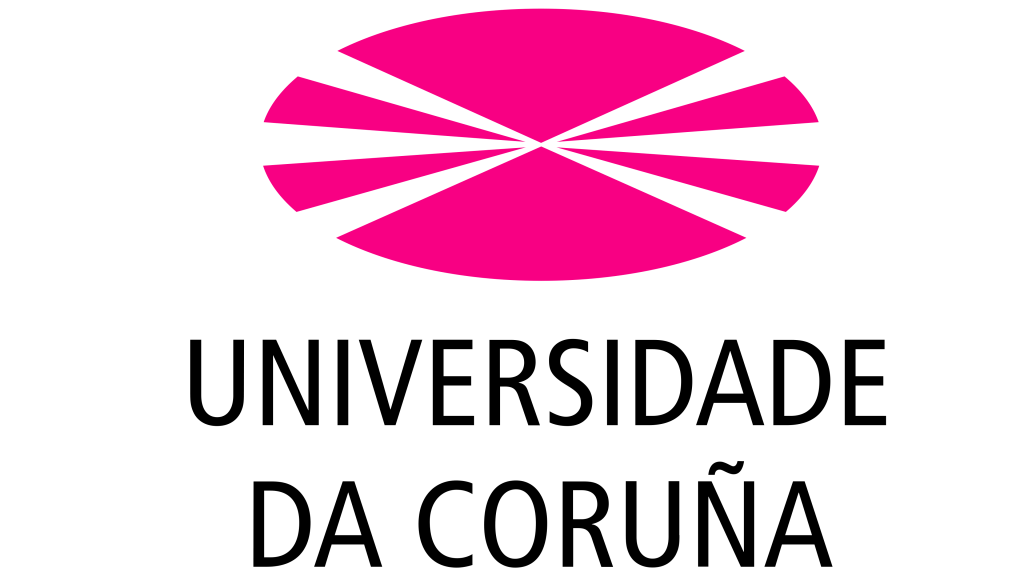
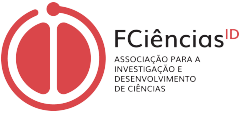

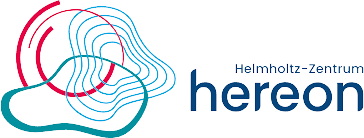
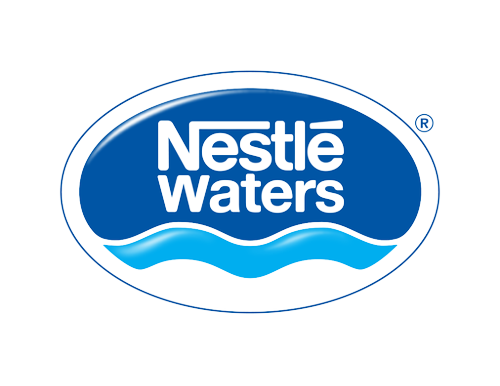

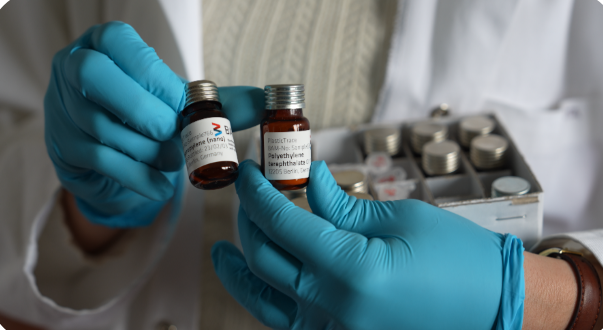
For the first time, we have developed reference material candidates in WP1 containing small microplastic particles (SMPs) of PET (10-100 µm) with limited mass and low particle numbers. We have demonstrated convincing homogeneity control according to mass using Py-GC/MS and TED-GC/MS, as well as for number-based methods. Raman spectroscopy, µ-FTIR and LDIR have shown similar cumulative particle numbers and size distributions down to particles > 20 µm. These tablets are easily water-soluble and can be directly used on the filter or diluted separately before usage. In addition to the SMPs, we are developing nanoplastic reference material suspensions. These contain polyethylene (PE) or polypropylene (PP) particles (< 1 µm) with broad size distributions and defined particle numbers and concentrations. PlasticTrace collaborates closely with the CUSP cluster and national and international standardization bodies. Exciting new knowledge and materials are being transferred to ISO/TC 147/SC 2/JWG 1 and ISO/TC 61/SC 14/WG 4.

PlasticTrace has initiated the production of its first e-learning modules, covering topics such as “Basic Requirements and Quality Control”, “Preparation of Reference Material,” and “Application of µFTIR”. These modules focus on small microplastics and nanoplastic and are tailored for students, laboratory technicians, and research staff.

I’m Claudia, an Italian scientist at the German environment agency (UBA) in Berlin. Currently, I work as a postdoc in the PlasticTrace project, where I lead the WP2 alongside Ulrike Braun. Our primary focus in WP2 is the development of protocols for quantifying SMP in various matrices, including drinking water, milk powder, surface water and sewage sludge. Recently, we initiated testing of our digestion protocols for suspended particulate matter and milk powder. The suspended particulate matter used in our project is provided by our partner, Hereon. Our work package also involves quality control and establishing basic requirements for processing and analysis for SMPs and nanoplastics. Additionally, in collaboration with WP1, we are conducting spiking experiments to validate our protocols using the reference materials produced by the partners in WP1.
During my Master and PhD studies, my research focus was on the ecotoxicological effects of microplastics on aquatic organisms. My current work involves developing methodologies for detecting microplastics. I joined this project because, despite the growing number of research publications on microplastics, there is still a lack of comparable and standardised procedures in this field.

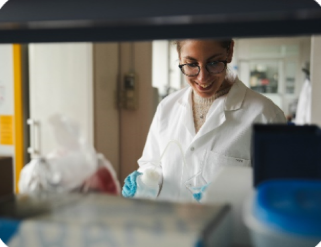
“I’m very happy to be part of this project, as it allows me to collaborate with so many experts and to contribute to the cooperation with external laboratories.”
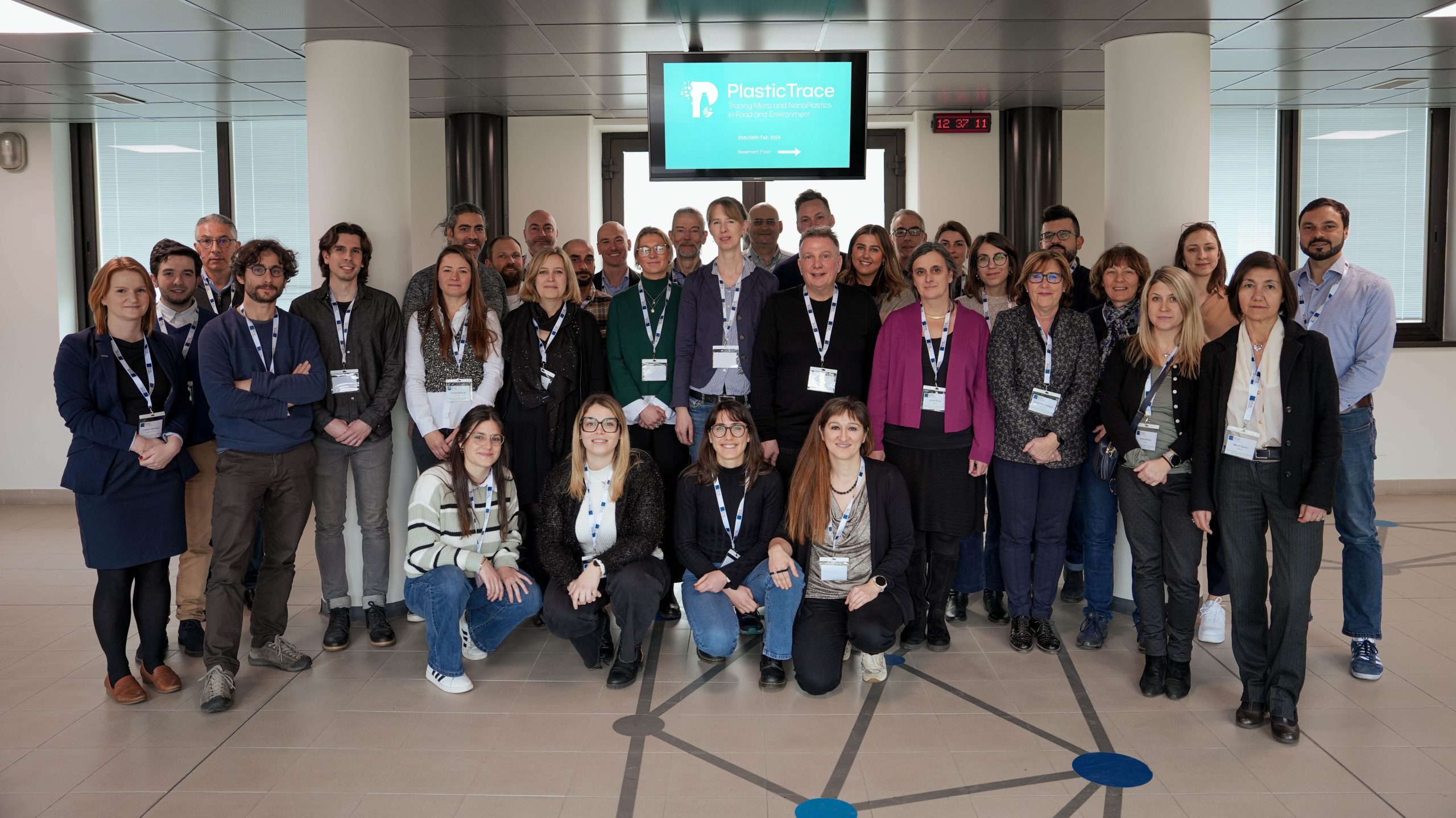
During the second annual meeting of the PlasticTrace project at the National Institute of Italy (INRIM) in Turin, the progress on the production of reference materials of small micro- and nano plastics was intensively discussed. These reference materials will be used for further development of analytical methods for environmental and food samples, as well as for conducting interlaboratory intercomparison studies.
Members of the PlasticTrace consortium attended the “World Café for Expert Stakeholders” in Frankfurt organized by the EU Horizon project PlasticsFatE. The event facilitated discussions on various aspects of plastic pollution, covering topics such as analytics, toxicology, design, and labelling.
PlasticTrace participated in the NORMAN Network General Assembly in Frankfurt, where we highlighted the significance of metrological traceability in methods used for micro-and nanoplastic analysis.
Our project coordinator presented PlasticTrace during the 2nd meeting of CEN/TC 444/WG 6/TG ‘Microplastics in solid matrices’. Subsequently, a delegation of ISO/TC 147/SC 2/JWG 1 visited NIVA in Oslo. Both working groups expressed interested in further collaboration and use PlasticTrace findings to advance standardisation efforts.

PlasticTrace will be organising a satellite event for our Stakeholders at the SETAC Europe meeting in Seville on Tuesday, May 7th from 16:00 – 17:00. This meeting will be held in collaboration with the CUSP Network.
The theme for the event is The Impacts of Micro and Nanoplastics: Future Opportunities, where the agenda will consist of oral presentations from our partners followed by discussions. More information about this event will be provided soon, and we hope you will join us! Remember that the submission deadline for early bird closes 14th of March.

The Nordic Conference on Plasma Spectrochemistry is happening in Loen, Norway this year.
Don’t forget to submit an abstract for the upcoming 11th Nordic Conference on Plasma Spectrochemistry – submission deadline is 5th of April 2024.

The International Conference on Raman Spectroscopy (ICORS) will be held from the 28th of July to the 2nd of August in Rome. Abstract submissions for this conference close on the 10th of March, while early bird registration closes on the 30th of April.

MICRO2024 is scheduled to take place from the 23rd to the 27th of September in Lanzarote. The call for abstracts is currently open and will continue to accept submissions until the 20th of April. Additionally, registration for the event will be open from the 8th of May until the 9th of June.
Share This Post
M18 Meeting 21GRD07 PlasticTrace05 – 06 FEBRUARY, Turin (IT) Hosted by the Italian National Institute of Metrology Research (INRiM)Strada delle Cacce, 91 -10135 Torino, ITALY
The European Metrology Network for Safe and Sustainable Food hosted a hybrid training event on micro and nano contaminants in food on 5-6 September 2023, in METAS (Bern-Wabern, Switzerland) and Online.
Round Table on Microplastics StandardizationCo-organized by CA PRIORITY and 21GRD07 PlasticTraceMay 23, 2023, Berlin (DE). Hosted by Bundesanstalt fur Materialforschung und -prufung (BAM) Unter den Eichen 87, 12205 Berlin, Germany
May 23, 2023, Berlin (DE). Hosted by Bundesanstalt fur Materialforschung und -prufung (BAM)Unter den Eichen 87, 12205 Berlin, Germany